AMD Radeon Live Blog - AMD Presents: The New Era of PC Gaming
by Ryan Smith & Brandon Chester on June 16, 2015 12:00 PM EST
12:05PM EDT - AMD is talking about the rise of e-sports gaming
12:06PM EDT - Display resolutions are rapidly increasing. 4K monitors have dropped from $3000 to $400-600
12:06PM EDT - Smooth frame rates have become another area of focus, in addition to simply having a high frame rate
12:07PM EDT - Virtual reality is also an area that AMD sees as rapidly expanding
12:07PM EDT - VR requires exceptionally high frame rates and low latency
12:08PM EDT - Okay, after some WiFi problems we';re here
12:08PM EDT - Now on stage: Devin Nekechuk to introduce the Radeon 300 series
12:09PM EDT - AMD is starting off by talking about the R7 and R9 300 series cards.
12:09PM EDT - First up, R7 360
12:11PM EDT - AMD is discussing VSR. Not exclusive to the 300 series though.
12:13PM EDT - First card is the R7 360, the base of the line.
12:13PM EDT - R7 370 is next. $149 and up to 4GB of VRAM. Not clear if those two go together, as they said "up to"
12:14PM EDT - Now moving onto cards for more intensive games, and for gaming at higher resolutions
12:15PM EDT - Next is the R9 380. AMD claims it can power 1440p. Starts at $199, up to 4GB VRAM.
12:15PM EDT - R9 390 and 390X start at $329 and $429. Both have 8GB of GDDR5. Meant for 4K gaming
12:17PM EDT - Now talking about DX12
12:17PM EDT - DX12 launching with Win10, July 29th is not far away
12:18PM EDT - AMD now inviting up some game developers and a Microsoft developer
12:19PM EDT - Developers seeing significant CPU usage reductions with DX12
12:21PM EDT - Now talking to the developer from Lionhead about DX12 in the Fable series
12:22PM EDT - Asynchronous shaders to execute shading concurrently with other rendering are an important feature
12:23PM EDT - Windows 10 beta of Fable Legends coming in the near future.
12:24PM EDT - Now on display: Stardock/Oxide's Ashes of the Singularity
12:24PM EDT - Now talking about RTS games
12:25PM EDT - Oxide is going to be one of the first companies to really use DX12. They're looking to push a lot of draw calls
12:25PM EDT - RTS games have traditionally had to swap to 2D sprites when characters are too far away. Not required with DX12.
12:26PM EDT - CPU power freed up by using DX12 can be put into making more complex AI
12:27PM EDT - Alpha this Thursday
12:27PM EDT - Now moving onto VR. AMD's Richard Huddy is back on stage
12:29PM EDT - Anuj Gosalia of Oculus is talking
12:30PM EDT - AMD is going to be banking hard on VR for this generation. From a business standpoint it requires lot of GPU power, and from a tech standpoint they have what should be a good solution
12:31PM EDT - Low latency is the big focus in VR
12:31PM EDT - Now discussing how Oculus is using AMD's LiqudVR tech, which was first announced back at GDC in March
12:32PM EDT - Oculus has been working with AMD to use their LiquidVR tech
12:32PM EDT - Direct hardware access for low latency, multi-GPU per-eye rendering, async shading/warping, etc
12:32PM EDT - Oculus has shipped 150K dev kits (wow)
12:33PM EDT - Oculus has shipped 150,000 dev kits so far
12:33PM EDT - And of course, the final consumer Rift ships in Q1 of next year
12:35PM EDT - For AMD GPUs, Oculus is recommending R9 290/390 and higher
12:35PM EDT - Recommended GPU spec for Oculus is the R9 290 or faster
12:35PM EDT - This is consistent with their earlier developer target recommendation of R9 290
12:36PM EDT - Now speaking, CCP on EVE: Valkyrie
12:36PM EDT - They've been one of the darling early VR demos, and will be shipping on PC and PS4 (Morpheus)
12:37PM EDT - Game will be released alongside the Rift, so Q1 2016 (it)
12:38PM EDT - Huddy now has the stage to himself again
12:38PM EDT - Discussing how VR is being used for non-gaming applications
12:38PM EDT - Now on stage, Katrina Craigwell from GE
12:39PM EDT - GE is using VR for brain imaging visualization
12:41PM EDT - And that's a wrap on GE
12:42PM EDT - Okay, time for the high-end GPU announcement
12:42PM EDT - (If you haven't already seen the leaks, well, then you'll probably be the only person surprised by this)
12:42PM EDT - Now on stage, Chris Hook of AMD. Director of marketing
12:43PM EDT - Leading into a discussion about small form factor PCs
12:44PM EDT - Presenting Project Quantum
12:44PM EDT - A custom SFF case
12:45PM EDT - Contains 2 of AMD's new Fiji GPUs
12:45PM EDT - Processors on the bottom, cooling on the top
12:45PM EDT - Now rolling a promo video
12:47PM EDT - Begun, the Closed Loop Liquid Cooler wars have
12:47PM EDT - The company has clearly taken what they've learned from R9 295X2
12:47PM EDT - Which, though $1500 was a successful product for a dual-GPU card and a solid design
12:48PM EDT - Now on stage, AMD's CEO, Dr. Lisa Su
12:48PM EDT - "Most complex and highest performance GPU we have ever built"
12:49PM EDT - There will be multiple products with Fiji
12:49PM EDT - AMD Radeon R9 Fury X
12:50PM EDT - 1.5x perf per watt of R9 290X
12:50PM EDT - R9 Fury (vanilla) will be air-cooled
12:50PM EDT - Cards will be in stores "very shortly"
12:51PM EDT - AMD Radeon R9 Nano
12:51PM EDT - Fiji in a a 6" card, half the power of 290X
12:51PM EDT - (Sounds like it's significantly cut down from full Fiji)
12:51PM EDT - Nano will be available later this summer
12:52PM EDT - Finally, a dual-GPU card that's in the Quantum, but hasn't been named or shown
12:52PM EDT - Now on stage, Joe Marci, Raja Koduri, and Chris Hook again
12:53PM EDT - Raja is now explaining the human element behind designing Fiji
12:55PM EDT - Focus on 4K and HBM
12:55PM EDT - Specs
12:55PM EDT - 4069 stream processors, 8.9B transistors
12:55PM EDT - 4096 SPs, even
12:55PM EDT - 8.6 TFLOPs, 1050MHz core clock
12:56PM EDT - Also did some work on power management/efficiency, though now going in-depth at this time
12:56PM EDT - Raja is giving special credit to the board design team
12:57PM EDT - Joe now talking a bit more on HBM
12:58PM EDT - AMD has over the last several years been on the cutting edge of memory tech. 2015 and Fiji is no different
12:58PM EDT - HBM gets AMD more memory bandwidth, but also cuts down on memory power, giving them more power headroom for the GPU itself
12:59PM EDT - AMD will be putting HBM in more devices in the future (where costs make sense, of course)
01:00PM EDT - Raja has never been so excited in the last 20 years
01:01PM EDT - Laying the path for the future
01:01PM EDT - They see higher quality VR systems as requiring much, much more GPU performance
01:02PM EDT - The Holodeck concept and Eyefinity seems to have given way to VR and the holodeck on your head
01:03PM EDT - Joe is talking a bit about overclocking headroom. AMD says it should be a good overclocker
01:03PM EDT - Fury X goes on sale on the 24th
01:03PM EDT - $649
01:03PM EDT - Fury (vanilla) for $549 on July 14th
01:04PM EDT - Nano in the summer, dual-GPU card in the fall
01:04PM EDT - So the fight is set: Fury X needs to meet or beat NVIDIA's GTX 980 Ti. AMD is aiming to best NVIDIA's top Maxwell GPU
01:05PM EDT - To close things out, Huddy is back on stage
01:05PM EDT - Will be showing the PC version of Star Wars: Battlefront
01:06PM EDT - DICE's Lead Producer (whose name I couldn't type out fast enough) is now on stage
01:07PM EDT - Frostbite engine game, so they already have all the tech Johan Andersson has been working on
01:07PM EDT - Discussing the production of the game
01:09PM EDT - Rolling PC footage
01:10PM EDT - A very short clip indeed
01:11PM EDT - AMD will have it playable at SDCC next month
01:12PM EDT - Recap time
01:13PM EDT - That's a wrap
01:14PM EDT - Thanks for joining us, everyone







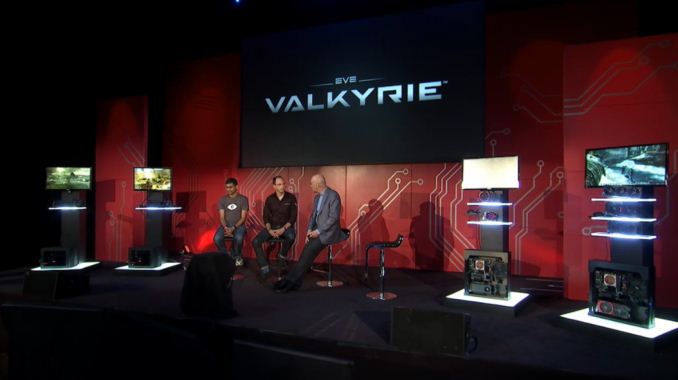
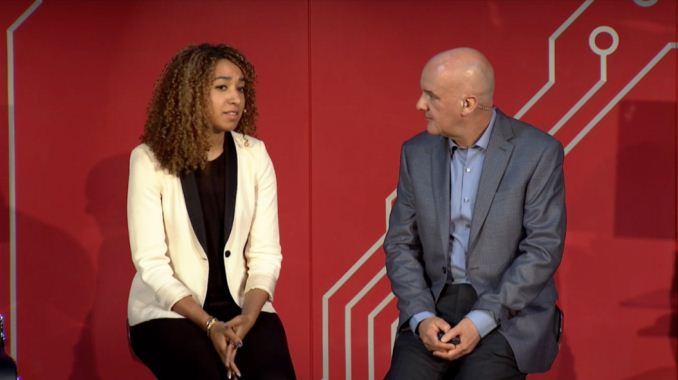
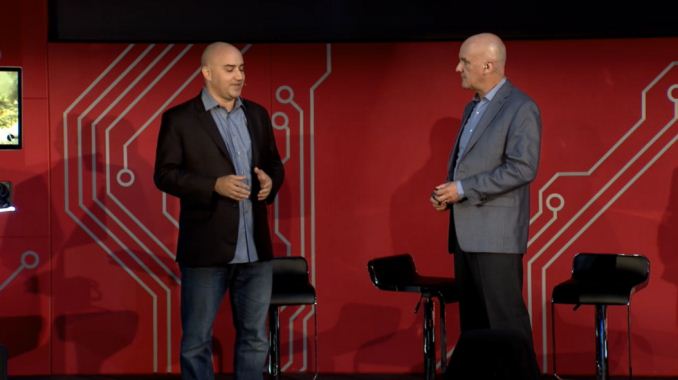
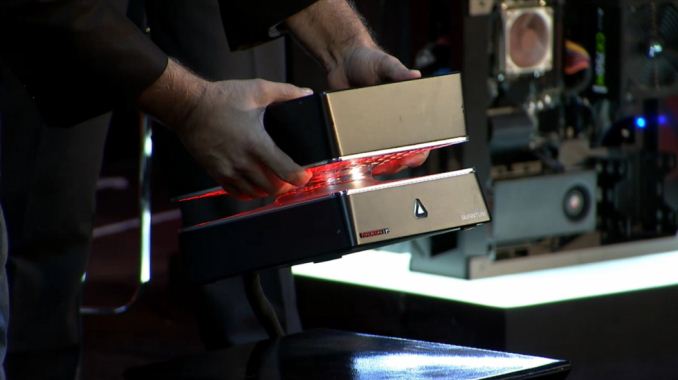
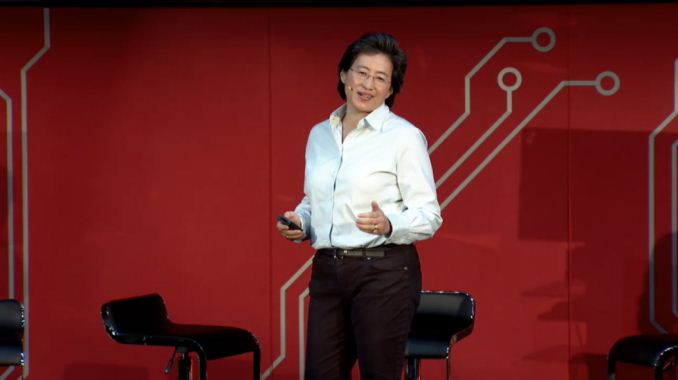

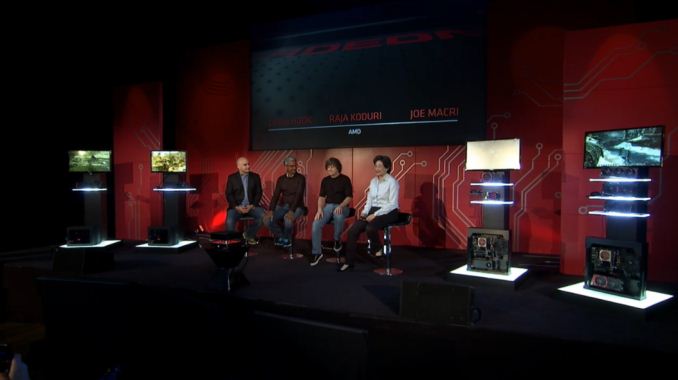
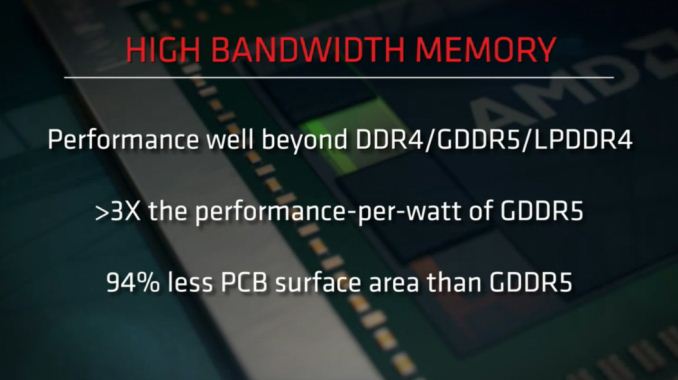
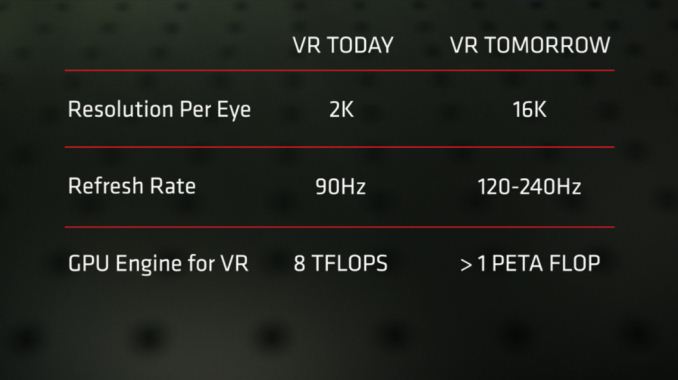

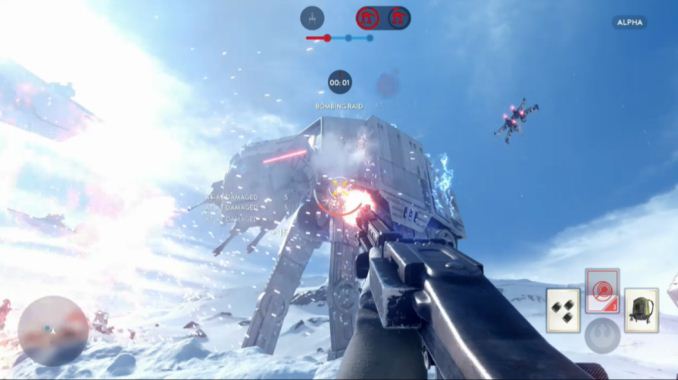








272 Comments
View All Comments
p1nky - Tuesday, June 16, 2015 - link
I'm using 4x R9 290 4GB now and have to scale back the settings in GTA V due to memory, I certainly won't buy new cards to have the same issue again.ekagori - Tuesday, June 16, 2015 - link
I think everyone needs to remember that you can't judge 4GB of HBM RAM the same as 4GB of GDDR5 RAM. AMD have already stated that you need much less RAM to run the high texture resolution of 4K on HBM than on GDDR5. Instead of freaking out about the 4GB issue, wait for benchmarks, everyone might be pleasantly surprised to see that what Titan X can do with 12GB, AMD can do with 4GB.dragonsqrrl - Tuesday, June 16, 2015 - link
"I think everyone needs to remember that you can't judge 4GB of HBM RAM the same as 4GB of GDDR5 RAM."Uhh, by volume you can.
"AMD have already stated that you need much less RAM to run the high texture resolution of 4K on HBM than on GDDR5."
Wow, when did they say that? Source?
Kraszmyl - Tuesday, June 16, 2015 - link
In the HBM article anandtech had a few weeks ago.Also remember for dx12 titles memory is not duplicated. Two 4g cards is 8g of addressable resources unlike the current status with dx11 and lower.
dragonsqrrl - Tuesday, June 16, 2015 - link
"In the HBM article anandtech had a few weeks ago."No, nowhere in that article does it state that GPU's utilizing HBM will inherently consume less frame buffer than GDDR5. Perhaps you could be a little more specific, maybe with a link and a quote, so we can address the misunderstanding.
"Also remember for dx12 titles memory is not duplicated. Two 4g cards is 8g of addressable resources unlike the current status with dx11 and lower."
What does that have to do with HBM or GDDR5?
ekagori - Tuesday, June 16, 2015 - link
http://www.tomshardware.co.uk/amd-high-bandwidth-m...In that article it states that Joe Macri said in an interview that the current way of doing things is just adding more RAM, but with HBM and its 1st gen 4GB limitation, AMD have been working on overcoming this perceived problem through engineering.
dragonsqrrl - Tuesday, June 16, 2015 - link
@ekagori Yes, but that has nothing to do with HBM, other than the fact that 1st gen HBM's capacity limitations in top tier cards spurred these driver optimizations from AMD. As I already wrote in my response to Etsp, there's no reason AMD couldn't implement similar optimizations on cards that are limited by their GDDR5 capacity.naxeem - Tuesday, June 16, 2015 - link
No, it does not work that way. You can't, even for a tiny bit, supplement memory space with memory bandwidth. If your texture is 35MB it is 35MB, no more, no less. You can (like Nvidia does) compress memory and steal some processing and bandwidth to save on space, but that is not a very significant amount and it can not work to make your 4GB card automagically work like a 6, 8 or 12GB.Bandwidth can only help in scenarios where you have a huge amount of data to move through that memory and that is at huge data chunks (NOT huge take, but huge chunks) which only a handful of games even can think about. The card should, due to bandwidth, show some advantage over 980Ti at ultra-high resolutions like 4K or 5K, but not nearly as you'd think.
And no, AMD 4GB can not do anything TitanX can with 12GB. They can fit less stuff and that is what they can do.
Fortunately for AMD, at this moment only half-a-handful of games actually need more VRAM than 4GB - GTA5, Witcher 3, Shadow of Mordor and that crap CoD:AW... maybe Assassin's Creed: Unity... and only at 4K or higher resolution.
So, yes, AMD's 4GB will be enough for 1440 games at max and some 4K games at medium/high (depending on game) level details and no AA.
Etsp - Tuesday, June 16, 2015 - link
Kraszmyl was referencing info that wasn't in the AT article, but was a quote from another article referenced in the comments of the AT article: http://techreport.com/review/28294/amd-high-bandwi...The last four paragraphs on that page are the relevant parts.
Basically, there was a lot of data in the GPU's memory that didn't need to be there, taking up space. This wasn't a problem when they were adding more memory chips to up bandwidth (the bottleneck at the time), so they had plenty of memory, except for edge cases (4x crossfire).
dragonsqrrl - Tuesday, June 16, 2015 - link
@Etsp That has nothing to do with HBM, as is stated quite clearly in the article you referenced. What you're referring to are essentially driver optimizations, and there's no reason AMD couldn't implement similar optimizations on cards with limited amounts of GDDR5.